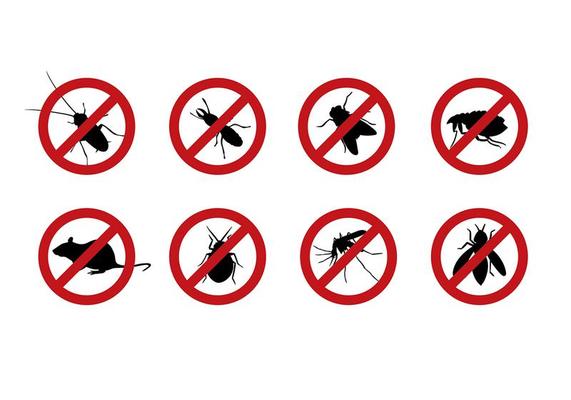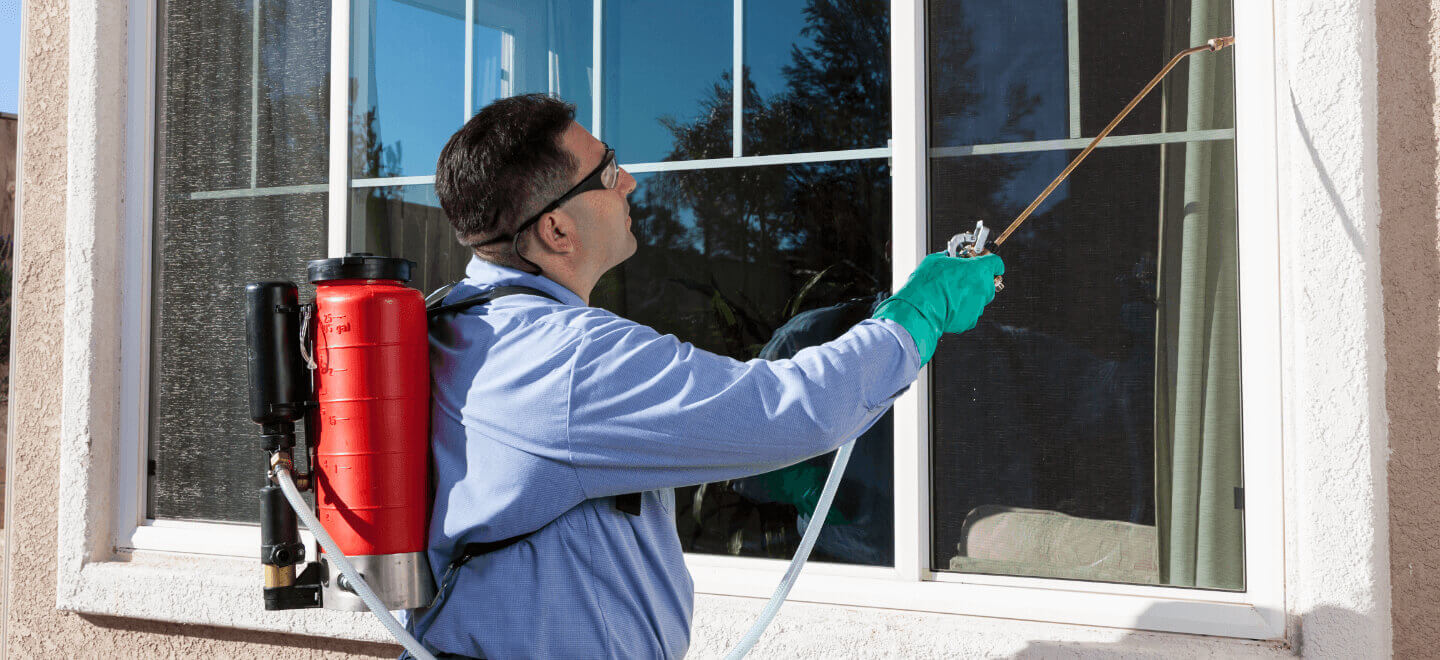Trusted A1 Bed Bug Exterminator Charlotte - Get Rid of Bed Bugs Quick
Trusted A1 Bed Bug Exterminator Charlotte - Get Rid of Bed Bugs Quick
Blog Article
Bed Bug Therapy Failure: Contrasting Chemical Vs. Non-Chemical Solutions
In the realm of pest control, especially when taking care of the persistent issue of bed pests, the option in between chemical and non-chemical treatment solutions can be a pivotal one. Both strategies use distinctive advantages and downsides, affecting elements such as efficiency, security considerations, and general price. By taking a look at the nuanced information of each approach, a clearer understanding of which course to seek in resolving a bed pest invasion can be acquired.
Performance of Chemical Treatments
Chemical therapies for bed pest infestations have been extensively acknowledged for their rapid and powerful effectiveness in eliminating these insects. When taking into consideration the effectiveness of chemical therapies, it is important to understand that they can supply a thorough and fast option to a bed pest issue.
Additionally, chemical therapies have the advantage of providing residual effects, implying that they can continue to eliminate bed bugs even after the first application. This residual action is especially valuable in combating any kind of potential re-infestations. In addition, the fast action of chemical therapies can bring relief to individuals dealing with extreme bed pest infestations, permitting them to regain control of their home rapidly.
Security Interest In Chemical Solutions
One important aspect that needs cautious factor to consider when using chemical solutions for bed bug therapy is ensuring the safety and security of owners and the environment. Exposure to certain chemicals made use of in bed pest therapies can lead to breathing concerns, skin inflammation, or various other damaging responses, specifically in individuals with pre-existing problems or sensitivities.
Moreover, the ecological impact of chemical remedies is one more substantial consideration. Some chemicals used in bed insect therapies might be unsafe to helpful insects, wildlife, and environments if they leach into the soil or water supply. It is important to make use of chemical therapies sensibly, adhering to safety guidelines, and taking into consideration much less poisonous alternatives to alleviate these dangers and ensure the safe and efficient administration of bed bug infestations.
Benefits of Non-Chemical Strategies
Thinking about the possible safety issues and ecological influence related to chemical remedies for bed pest therapy, exploring non-chemical methods provides a promising alternative with a number of unique benefits. Non-chemical methods supply a more secure alternative for households, especially those with kids, pets, or people conscious harsh chemicals. These strategies eliminate the risks of direct exposure to hazardous compounds, lowering the possibility for damaging wellness results. Moreover, non-chemical therapies are ecologically friendly, as they do not add to air or water pollution, making them a lasting selection for insect control.
Furthermore, non-chemical services can be efficient in targeting bed insects, consisting of hard-to-reach locations where chemical treatments may not pass through. Methods such as warm like this therapy, vacuuming, vapor cleansing, and cushion encasements give extensive removal without making use of dangerous chemicals. Moreover, non-chemical methods can be much less disruptive, needing very little preparation and enabling quicker reentry into treated locations. Overall, going with non-chemical bed pest treatment methods not only prioritizes safety and environmental management but also makes sure thorough and efficient pest control.
Limitations of Non-Chemical Treatments

In addition, non-chemical therapies typically call for numerous applications to attain effective eradication. This can be taxing and may not always assure complete removal of all bed bugs and their eggs, particularly in concealed or hard-to-reach locations.
Furthermore, the success of non-chemical treatments greatly relies upon correct implementation and thoroughness, which can be challenging for people without professional proficiency. Inadequate application of non-chemical techniques might lead to insufficient eradication, causing persistent problems and the requirement for added treatments.
Therefore, while non-chemical treatments have their benefits, it is important to acknowledge these restrictions and consider them when determining the most effective technique for taking care of bed insect infestations.
Expense Comparison: Chemical Vs. Non-Chemical Options
Provided the restrictions connected with non-chemical therapies, a crucial aspect to examine in the context of bed pest rodent removal administration is the expense contrast between chemical and non-chemical options. In comparison, non-chemical treatments like warmth treatment or vapor can be extra costly, with expenses varying from $1,000 to $6,000 for an entire home. While the initial price of chemical treatments might appear lower, numerous treatments might be required to fully eradicate the problem, potentially increasing the overall expense.
Final Thought

Taking into consideration the potential security problems and environmental influence associated with chemical services for bed insect therapy, exploring non-chemical techniques presents an appealing option with a number of distinctive benefits.Given the limitations associated with non-chemical treatments, an essential element to examine in the context helpful resources of bed pest monitoring is the expense comparison in between chemical and non-chemical choices. In comparison, non-chemical therapies like warmth therapy or steam can be a lot more pricey, with costs varying from $1,000 to $6,000 for a whole home. While the initial cost of chemical treatments may seem lower, several treatments may be needed to completely get rid of the problem, potentially increasing the overall expense.In final thought, when contrasting chemical and non-chemical bed bug therapy alternatives, it is important to think about efficiency, safety, benefits, limitations, and cost.
Report this page